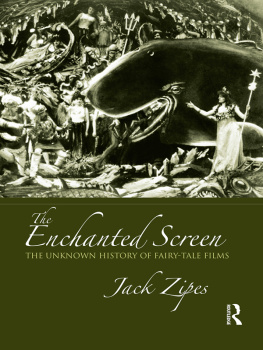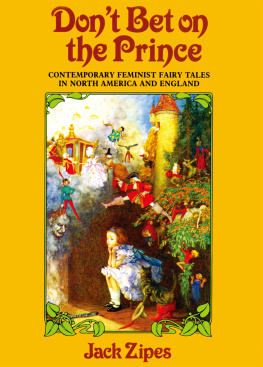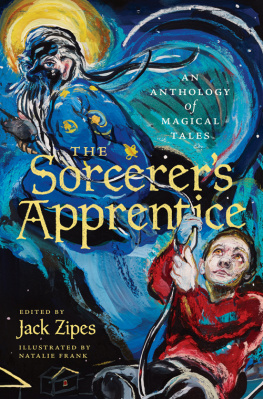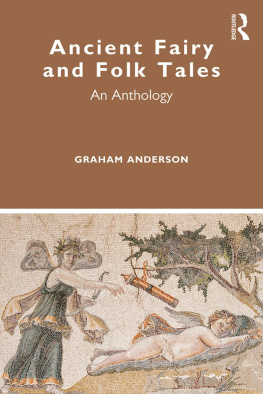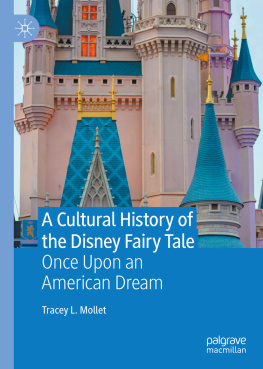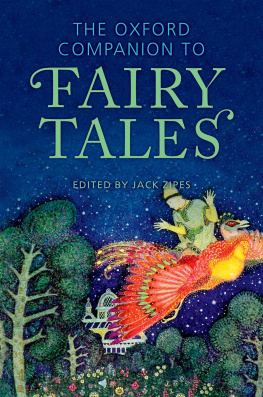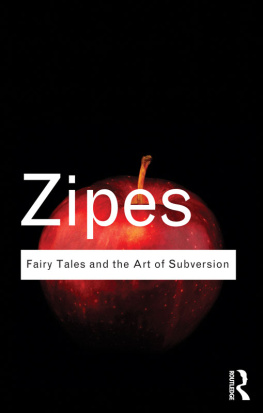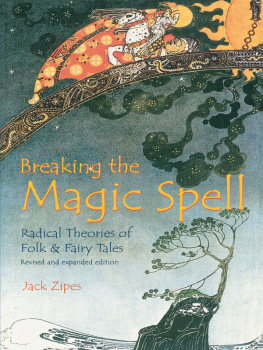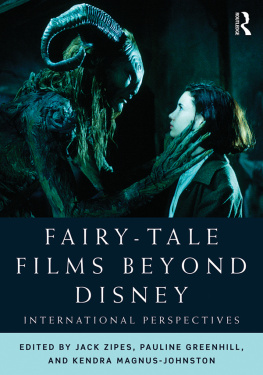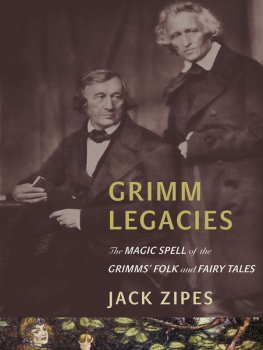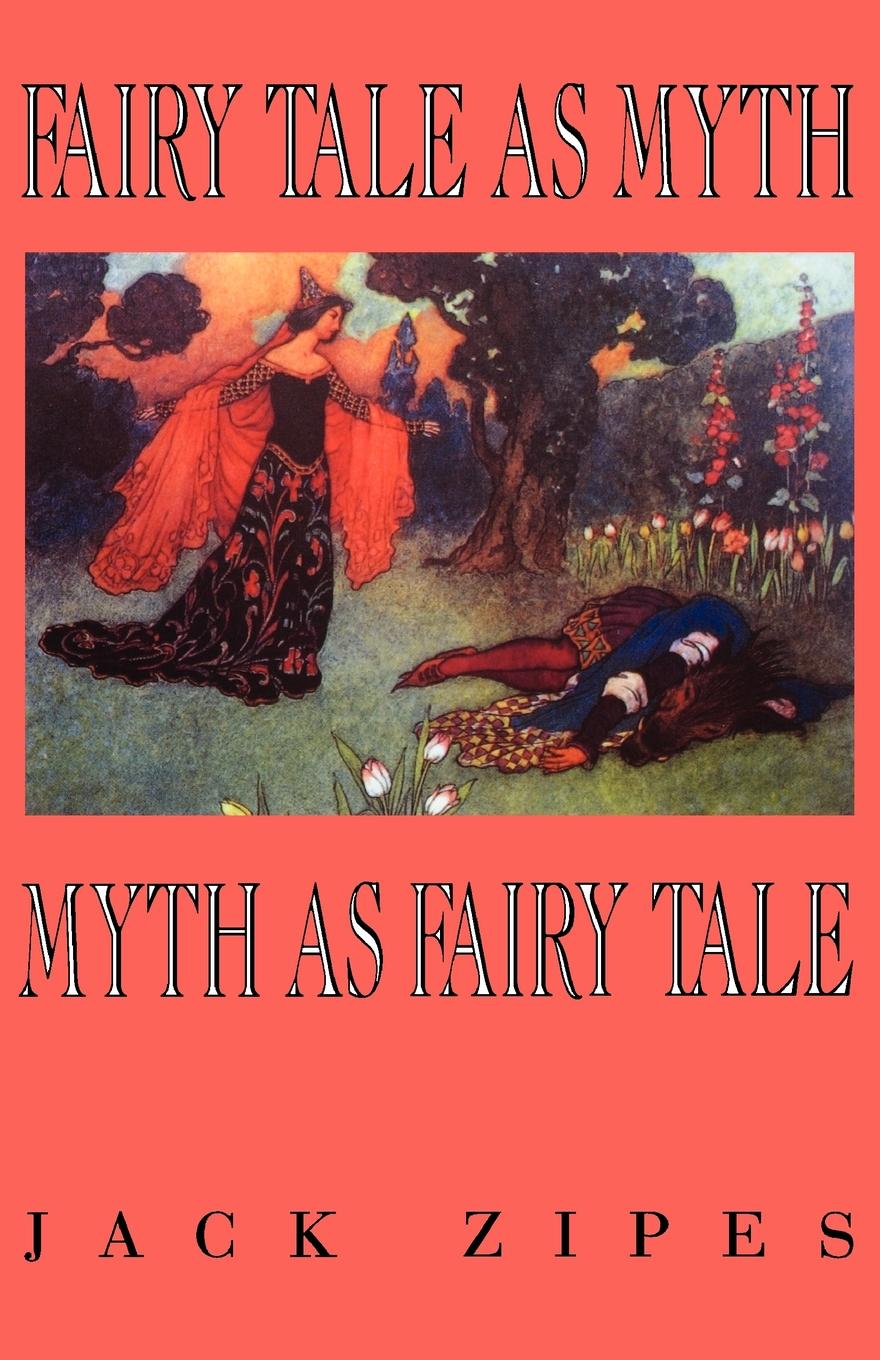The Thomas D. Clark Lectures
1993

FAIRY TALE AS MYTH

MYTH AS FAIRY TALE
Jack Zipes
THE UNIVERSITY PRESS OF KENTUCKY
Publication of this volume was made possible in part by a grant from the Gaines Center for the Humanities, which initiated and supports the Thomas D. Clark Lectureship Series.
Copyright 1994 by The University Press of Kentucky
Scholarly publisher for the Commonwealth,
serving Bellarmine College, Berea College, Centre
College of Kentucky, Eastern Kentucky University,
The Filson Club Historical Society, Georgetown College,
Kentucky Historical Society, Kentucky State University,
Morehead State University, Murray State University,
Northern Kentucky University, Transylvania University,
University of Kentucky, University of Louisville,
and Western Kentucky University.
All rights reserved.
Editorial and Sales Offices: The University Press of Kentucky 663 South Limestone Street, Lexington, Kentucky 40508-4008
02 03 5 4
Permission has been granted by the publishers to reprint the following essays in revised form: The Origins of the Fairy Tale or, How Script Was Used to Tame the Beast in Us, in Children and Their Books, ed. Gillian Avery and Julia Briggs (Oxford: Oxford Univ. Press, 1989), 119-34; Spreading Myths about Fairy Tales: A Critical Commentary on Robert Blys Iron John, New German Critique 55 (Winter 1992): 3-20; Recent Trends in the Contemporary American Fairy Tale, Journal of the Fantastic in the Arts 5 (1992): 13-41; Spinning with Fate: Rumplestiltskin and the Decline of Female Productivity, Journal of Western Folklore 52 (January 1993): 43-60.
Library of Congress Cataloging-in-Publication Data
Zipes, Jack David
Fairy tale as myth/myth as fairy tale / Jack Zipes.
p. cm. (The Thomas D. Clark lectures : 1993)
Includes bibliographical references and index.
ISBN 0-8131-1890-5. ISBN 0-8131-0834-9 (pbk.)
1. Fairy talesHistory and criticism. 2. Fairy talesClassification. I. Title.
GR550.Z56 1994
This book is printed on acid-free recycled paper meeting the requirements of the American National Standard for Permanence of Paper for Printed Library Materials.

Manufactured in the United States of America
FOR
Judy Pasamanick and Catherine Velay-Vallantin
who have inspired my work
on both sides of the ocean
CONTENTS
ILLUSTRATIONS
ACKNOWLEDGMENTS
In preparing this book for publication I have received invaluable support from friends and colleagues. In particular, Cristina Bacchilega and Steven Swann Jones provided many necessary corrections in my critique of folklore scholarship in the Rumpelstiltskin chapter, and Ruth-Ellen Joeres was most helpful in refining my feminist perspective. Linda and Jochen Schulte-Sasse offered sound advice about my notion of violation in the introduction and in the Disney chapter and urged me to consider modernism and technology in a more balanced way than my original draft presented. Elizabeth Bell also helped me revise several questionable assertions in this chapter. Some of these chapters were first published as essays in New German Critique, Journal of the Fantastic in the Arts, Journal of Western Folklore, and Children and Their Books and have been extensively revised for this book. Some were presented at conferences such as the lively one held by the International Association for the Fantastic in the Arts or at various universities, and I benefited from the questions and critical points raised by numerous people in discussion sessions. In particular I am very much indebted to Jeannine Blackwell, who invited me to deliver three Thomas D. Clark lectures at the University of Kentucky during the fall of 1993. Thanks to her prompting, I was able to rework my lectures and manuscripts for publication.
There are always questions when one talks or writes on fairy tales that can never be totally answered, for they touch our lives in deep and mysterious ways, but I do hope that this book may respond effectively to some of the crucial questions that pertain to the mythical workings of the fairy tale in our own day.
INTRODUCTION
Attached, almost as an afterthought, to the end of Mircea Eliades book Myth and Reality Eliades essay was concerned not only with demonstrating the differences between myth and fairy tale but also with elaborating their extraordinary symbiotic connection.
It is well known that Eliade, one of the great scholars of religion and myth, believed that myth narrates a sacred history; it relates an event that took place in primordial Time, the fabled time of the beginnings. In other words, myth tells us how, through the deeds of Supernatural Beings, a reality came into existence, be it the whole of reality, the Cosmos, or only a fragment of realityan island, a species of plant, a particular kind of human behavior, an institution.is also a connection, for a mortal can gain a sense of his or her origins and feel the process of history in the present and time as divine.
In contrast to the mythand here Eliade often conflates the genre of the oral folk tale with the literary fairy talehe argues that we never find in folk tales an accurate memory of a particular stage of culture; cultural styles and historical cycles are telescoped in them. All that remains is the structure of an exemplary behavior. All of this becomes camouflaged, according to Eliade, when the tale abandons its clear religious initiatory responsibility, but appropriates the scenario and certain motifs, and one of the intriguing questions for folklorists and those scholars interested in myths and fairy tales is to determine why and when all this took place.
Eliade believes it may have occurred when the traditional rites and secrets of cults were no longer practiced and when it was no longer taboo to reveal and tell the mysteries of the religious practices. Whatever the case may be, it is clear to Eliade that the myth preceded the folk and fairy tale and that it had a more sacred function in communities and societies than the secular narratives.
The fairy tale or, to be more specific, the folk tale, as an easy doublet for the initiation myth. That is an astonishing idea. It could mean that, from the beginning, individual imaginations were countering the codified myths of a tribe or society that celebrated the power of gods with other non-authoritative tales of their own that called upon and transformed the supernatural into magical and mysterious forces which could change their lives. Certainly, myths and folk tales blended very early in the oral tradition, and in many modern oral and literary narratives it is very difficult to tell them apart. They seem to be invested with an extraordinary mystical power so that we collapse the distinctions and feel compelled to return to them time and again for counsel and guidance, for hope that there is some divine order and sense to a chaotic world.
Myths and fairy tales seem to know something that we do not know. They also appear to hold our attention, to keep us in their sway, to enchant our lives. We keep returning to them for answers. We use them in diverse ways as private sacred myths or as public commercial advertisements to sell something. We refer to myths and fairy tales as lies by saying, oh, thats just a fairy tale, or thats just myth. But these lies are often the lies that govern our lives.


